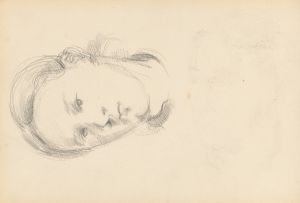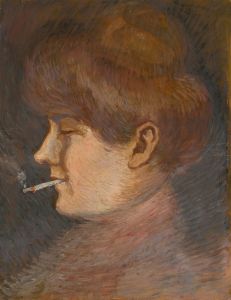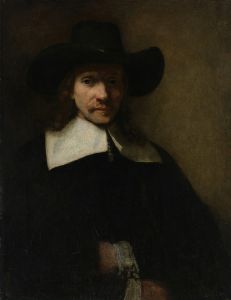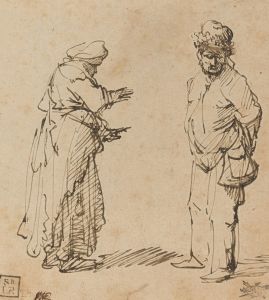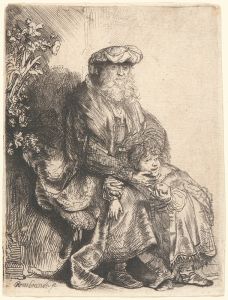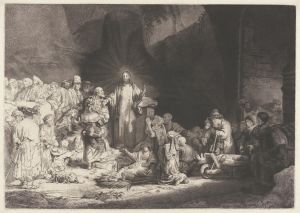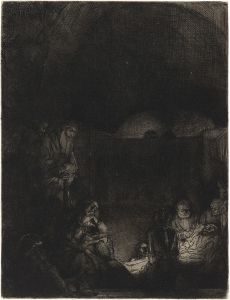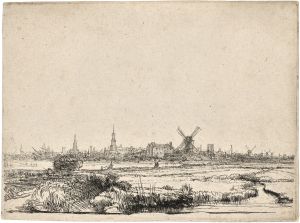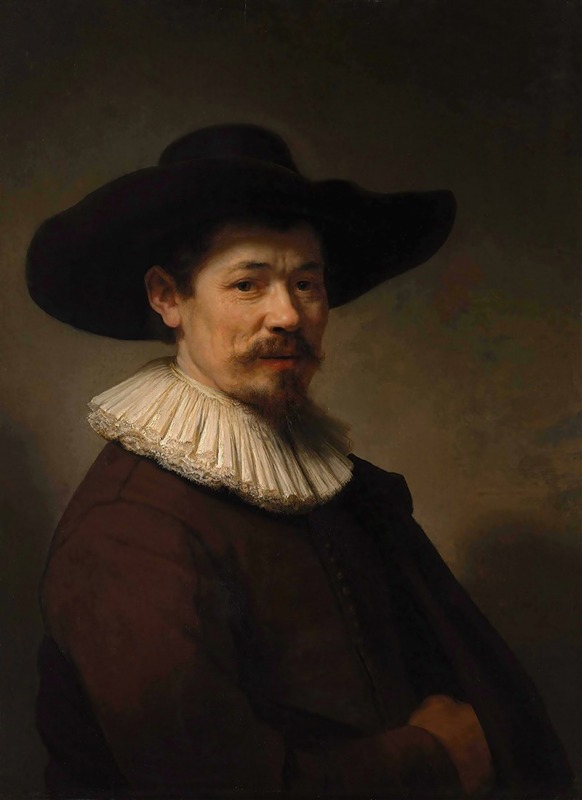
Herman Doomer
A hand-painted replica of Rembrandt van Rijn’s masterpiece Herman Doomer, meticulously crafted by professional artists to capture the true essence of the original. Each piece is created with museum-quality canvas and rare mineral pigments, carefully painted by experienced artists with delicate brushstrokes and rich, layered colors to perfectly recreate the texture of the original artwork. Unlike machine-printed reproductions, this hand-painted version brings the painting to life, infused with the artist’s emotions and skill in every stroke. Whether for personal collection or home decoration, it instantly elevates the artistic atmosphere of any space.
"Herman Doomer" is a portrait painted by the Dutch artist Rembrandt van Rijn in 1640. The painting is an oil on oak panel and is considered one of Rembrandt's notable works from his mature period. It depicts Herman Doomer, a successful Amsterdam-based cabinetmaker and frame-maker who was known for his skill in crafting objects from ebony, a highly valued material during the 17th century.
The portrait is characterized by Rembrandt's masterful use of light and shadow, a hallmark of his style, which creates a sense of depth and realism. Doomer is shown in a three-quarter view, wearing a dark coat and a white collar, with a hat that casts a subtle shadow over his face. The detailed rendering of his facial features, including the texture of his skin and the thoughtful expression in his eyes, reflects Rembrandt's ability to capture the individuality and character of his sitters.
This painting is believed to have been commissioned by Doomer himself, as he and Rembrandt likely had a professional relationship. Doomer is known to have crafted frames for some of Rembrandt's works, which suggests a connection between the two men. The portrait is often paired with another painting by Rembrandt, a portrait of Baertje Martens, Herman Doomer's wife, which was completed around the same time. Together, these paintings are thought to represent a complementary set of marital portraits, a common practice in 17th-century Dutch portraiture.
"Herman Doomer" is currently housed in the Metropolitan Museum of Art in New York City, where it has been part of the collection since 1906. The painting is appreciated for its technical excellence and its insight into the life and status of a skilled artisan in the Dutch Golden Age. It serves as an example of Rembrandt's ability to portray not only the physical likeness of his subjects but also their inner character and social standing.
The work remains an important piece in the study of Rembrandt's portraiture and the cultural history of the Dutch Golden Age. Its preservation and display in a major museum allow contemporary audiences to appreciate the artistry and historical context of this remarkable painting.







